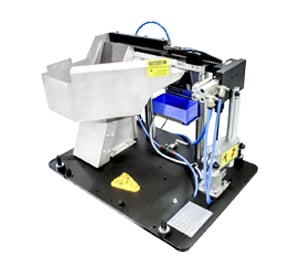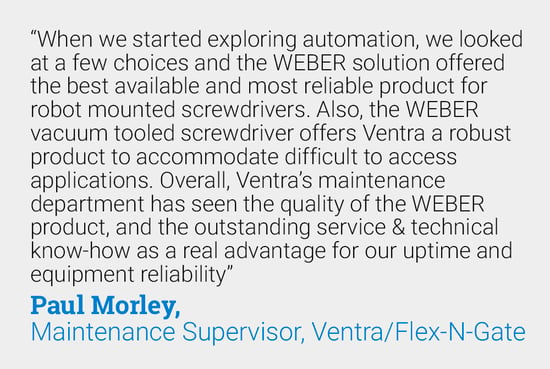Case Study:
Audi TT Production
Audi GmbH approached Weber Screwdriving Systems Inc. with an application to fasten aluminum and steel together without the use of welding, or riveting.
The client had a requirement for one sided installation for all applications due to the clearance issues of the chassis components they would be assembling. This required a new process to successfully join these materials, and Weber Screwdriving Systems provided the answer.
As anyone in BIW will tell you, joining different types of sheet metals together from a single side is a difficult task at the best of times. “Rivet style” methods of fastening typically require a two sided approach to prevent the part surface from deflecting under the load produced by installation. Welding also poses its own set of problems as welding two dissimilar metals together is challenging.
The solution is a new, high performance method of joining sheet metals together via a process called flow drilling. Flow drilling incorporates a screw design with a special tip that is designed to generate heat upon contacting the part surface at high RPM and pressure, then flow the material behind the part to around twice its original thickness, then generating its own threads. The result of this method of fastening is a strong single sided water and air tight joint yielding zero debris from the process with no need for pilot holes. This technology is now being sought after by numerous automotive manufacturers to develop the next generation of light weight automobiles providing high efficiency and performance.






